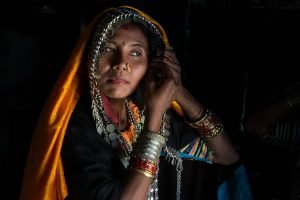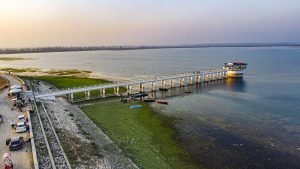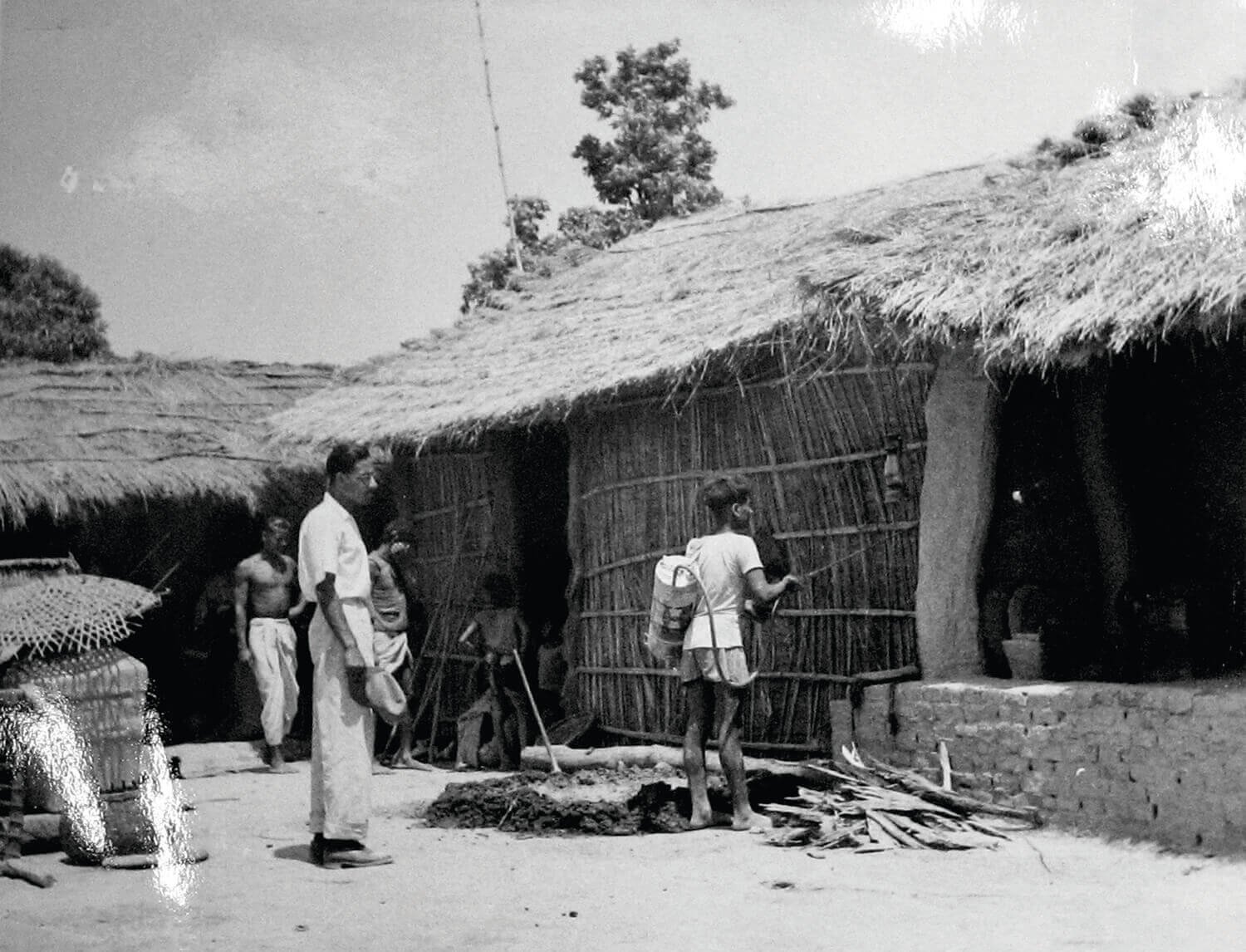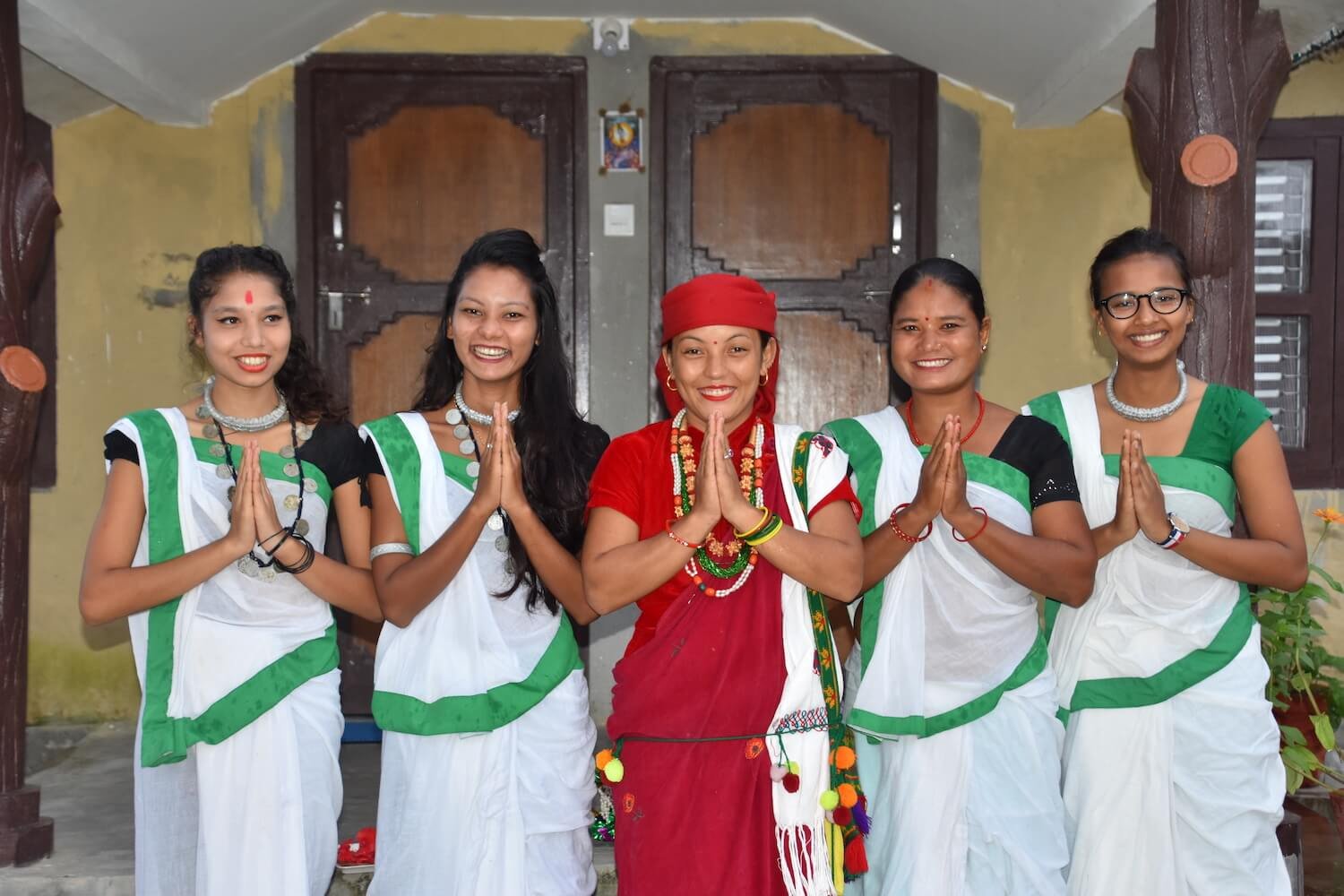Rana Tharus officially enlisted as a separate indigenous community
Prakash Silwal, KATHMANDU: After two-decade long struggle, Rana Tharus of Nepal have finally been identified as a separate indigenous group of Nepal.
Considering the recommendations of the experts and demand of the Rana Tharu communities all over the country, the Council of Ministers’ meeting last Monday officially enlisted them as one among the indigenous communities in the country given their own unique cultural identities.
The 2011 census puts the Rana Tharu population at 1,737,470 which is 6.6 per cent of the total population. Kailali and Kanchanpur has dominance of Rana Tharus with their population standing at around 350,000.
The Language Commission in their last annual report had added six new languages, including one from the Rana Tharu community, to already existing 123 languages spoken as mother tongue in Nepal.
The Rana Tharu communities had been disgruntled and on a crusade for their separate identity as, according to them, the erstwhile government in 2056 BS had overlooked enlisting them as a separate indigenous community and had considered them to be one of the sub-groups of Tharu.
Member of House of Representatives representing Nepal Communist Party (NCP) and elected from Kailali constituency no 5, Naradmuni Rana commented that the government’s decision had elated them and had laid a way-out for obtaining more rights besides a separate identity.
Naradmuni is the only HoR member representing his community in the federal parliament. He gushingly said, ” Neither the State nor the government had acknowledged our identity so far.” He further added, “The NCP-led government has finally acknowledged our existence. It has become easier for us to raise voice for protecting our language, culture and rights.”
The Rana Tharus are believed to be living in the lower plains of Nepal since the 5th century.
In a welcome gesture of the government’s decision, the Rana Tharus in as many as 134 villages in Kailali and Kanchanpur districts will observe Dipawali on February 6, according to him.
Nepal Rana Tharu Samaj’s central chairperson Kriparam Rana shared that they have come to this stage after a huge struggle and hard work. Stating that their struggle for separate identity had finally yielded a kind of victory, he pledged to work further to secure the rights and state facilities for his community.
A high-level taskforce in 2064 BS had recommended the erstwhile government to conduct an ethnographic study and other research and consider an amendment in the listing of the indigenous communities in the country.
Rana Tharu language expert Kamal Singh Rana Tharu shared that the Curriculum Development Centre has already prepared curriculum in the language of Rana Tharu.
There are 10 major differences in terms of culture, custom and tradition between Rana Tharus and Tharus, one among them being their major festival. Maghi, which falls on the first day of the Nepali month, is the major festival for the Tharus while Fagu Purnima (Holi) is the major festival for the Rana Tharus.
Rana Tharus observe Holi festival for as long as 38 days while they also celebrate Charai festival (during April, May and June) with great fervor. RSS

For Indian tourists travelling by land:- 72 hours (-ve) C-19 report, CCMC form and Antigen Test at entry point

Comment here !
Related News
KATHMANDU:- There is impact of westerly low-pressure system in the country due to which some of the hilly areas in
KATHMANDU:- The country recorded 350 new COVID-19 cases and four infection related deaths in the past 24 hours. The caseloads
KATHMANDU:- Nepal recorded 437 new cases of COVID-19 on Friday, along with 2,454 recoveries and two deaths, according to the
KATHMANDU:- A total of 570 new infections of COVID-19 were recorded in the country in the past 24 hours, according






